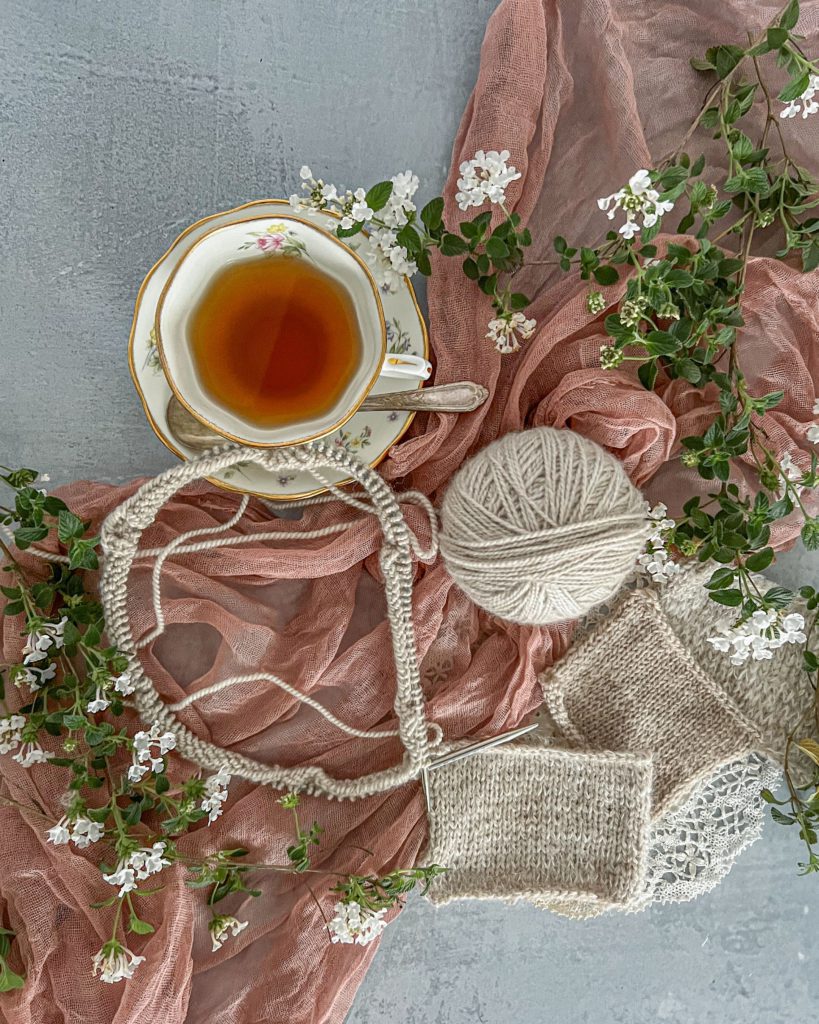
Some knitters find that their knitting cast on is very tight. The tricky part is that this can actually be two different problems described by the same name.
If you’re dealing with a tight cast on, you may struggle with inserting your right needle tip into the stitch on your left needle to work it. You may also find that the stitches themselves are fine, but there’s no stretch between them.
Both of these knitting cast on problems can be solved in a few different ways.
In this post, I’ll explain what causes the individual stitches themselves to be too tight on the needle. Then, we can address how to solve that problem.
I’ll follow this post up with another post explaining why your cast on isn’t stretchy. It’ll include a few solutions for how to make a stretchy cast on. Keep an eye out for that part very soon!
And if you’re struggling with other knitting tension issues, be sure to check out this blog post.
What Causes Tight Knitting Cast On Stitches
First, let’s talk about what causes a tight cast on.
Usually, this problem is created when you tug too hard on your working yarn as you place the new stitches onto your needle. It’s an especially common problem with the long tail cast on and variations on it. That’s because you are holding both ends of the yarn in your left hand. When you cast on that way, it can often result in a tight yank at the end when you twist your stitches onto the needle.
A tight cast on is something I’ve struggled with a lot over the years, and I’ve had to work out ways of fixing the solution for myself. Let’s cover three of my favorites now.
How To Fix Tight Cast On Stitches
Over the years, I’ve tried a few different techniques, and these three are my favorites. The first option is to cast on over two needles. The second option is to cast on using a larger needle. The third option is to retrain your muscle memory.
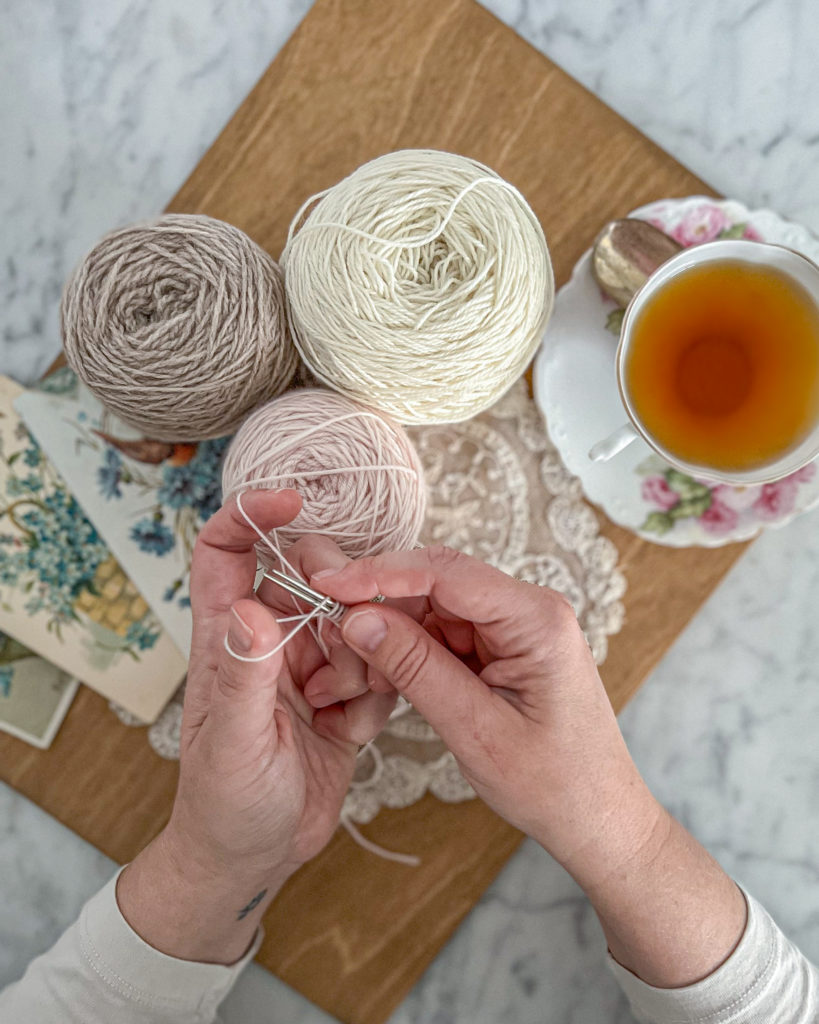
Option one: work your knitting cast on over two needles
Casting on over two needles is a popular recommendation when people find that their cast on is not stretchy enough. This doesn’t actually do much to affect the stretchiness of your cast on (we’ll cover that later). It does, however, help loosen up the actual stitches in your cast on.
This option is particularly popular among sock knitters. That’s because their needles tend to be small, so going up one or two needle sizes won’t make a large difference, but casting on over two needles will.
If you find you are tugging your yarn really hard while casting on and pulling stitches too snug, using two needles instead of just one will make the stitches a little larger.
I do not recommend this option for thicker yarn and larger needles. We’ll talk about why in the next segment.
For a peek at how I like to cast on over two needles, here’s a video for you. This video is silent so you can watch it anywhere.
Option two: cast on using a larger needle
Casting on with a larger needle is a great option if you are needing using thicker yarn and needles that match, generally US size 4 (3.5 mm) and up. In this situation, casting on over two needles will result in a stitch that is too large and floppy. You want only an incremental increase in size, so using two needles will give you a difference that is too big.
Instead, try going up one or two needle sizes for your cast on. After you’ve cast on the stitches, switch them to your working needles.
For example, if I were knitting a hat on US size 4 (3.5 mm) needles, and I knew that my cast on tended to be very tight, I might cast on using US size 5 (3.75 mm) needles. Then, after I finish the cast on, I would move my stitches to the size 4 needles and knit like normal.
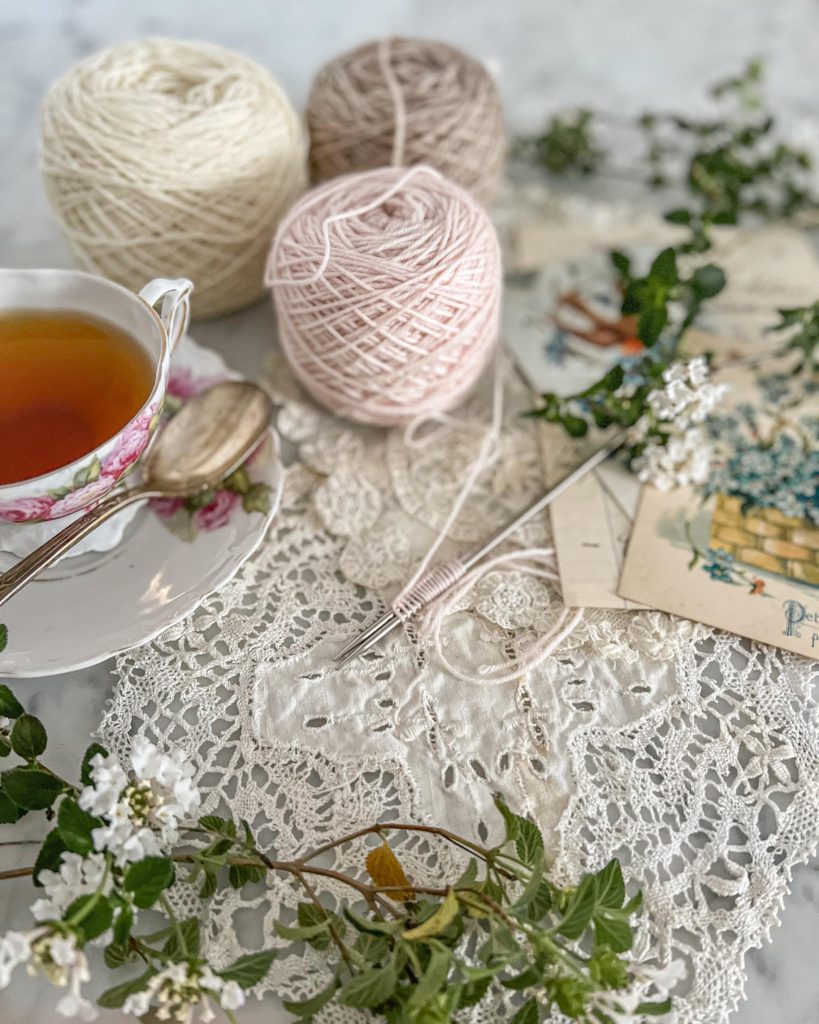
Option three: pay closer attention to your surroundings
Sometimes, just being aware of what you are doing can help resolve the problem.
For example, I know that when I am stressed or worried, I tend to have a tighter tension. I know that when I am casting on in challenging circumstances, like in the car, I also tend to have tighter tension.
Therefore, before I start to cast on, I stop, take a couple deep breaths and take stock of what’s happening around me. Are there a lot of distractions? Am I feeling overwhelmed or stressed? Am I in circumstances that would make knitting a little difficult?
If so, I intentionally make an effort to relax my hands and loosen my stitches. That means I pay close attention to how tightly I’m tugging my working yarn after each new stitch. I also will check them from time to time and, if I find that they are getting too tight, I’ll take a few off and try again.
Retraining your muscle memory can be a challenge, but it pays off long-term. You will find that, as you teach your hands to loosen or tighten up, you will have better control over your gauge and the evenness of your stitches.
If you’re curious about some of my favorite knitting needles, here’s a round-up of the ones I use most! These are affiliate links, which means if you choose to buy something through those links, I’ll receive a small commission at no extra cost to you. I will always identify affiliate links for you. Thanks for supporting my work!
The 9-inch circular needles I prefer for knitting socks
The interchangeable needle set I’ve been using since 2011
The needles I use for knitting all my shawls
Let’s stay connected!
Join my newsletter for 30% off all new releases, regular updates with helpful tips and tricks, first crack at registration for upcoming workshops, exclusive discounts, and more.
Join the A Bee In The Bonnet Facebook Group to participate in knitalongs and other fun community events
Come hang out with me on the A Bee In The Bonnet TikTok
Follow along on the A Bee In The Bonnet Instagram
Get inspired via the A Bee In The Bonnet Pinterest

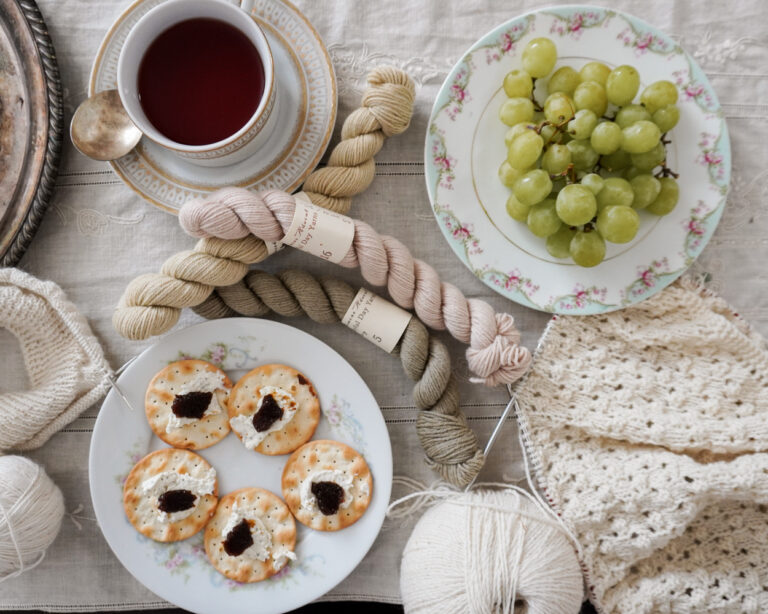
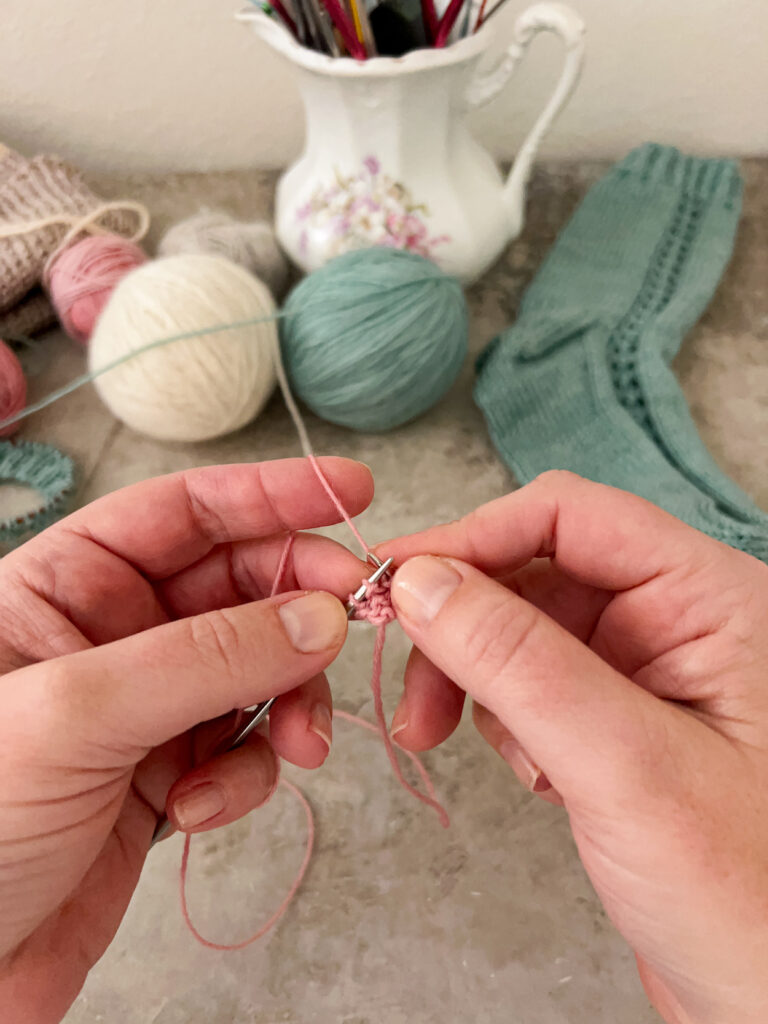
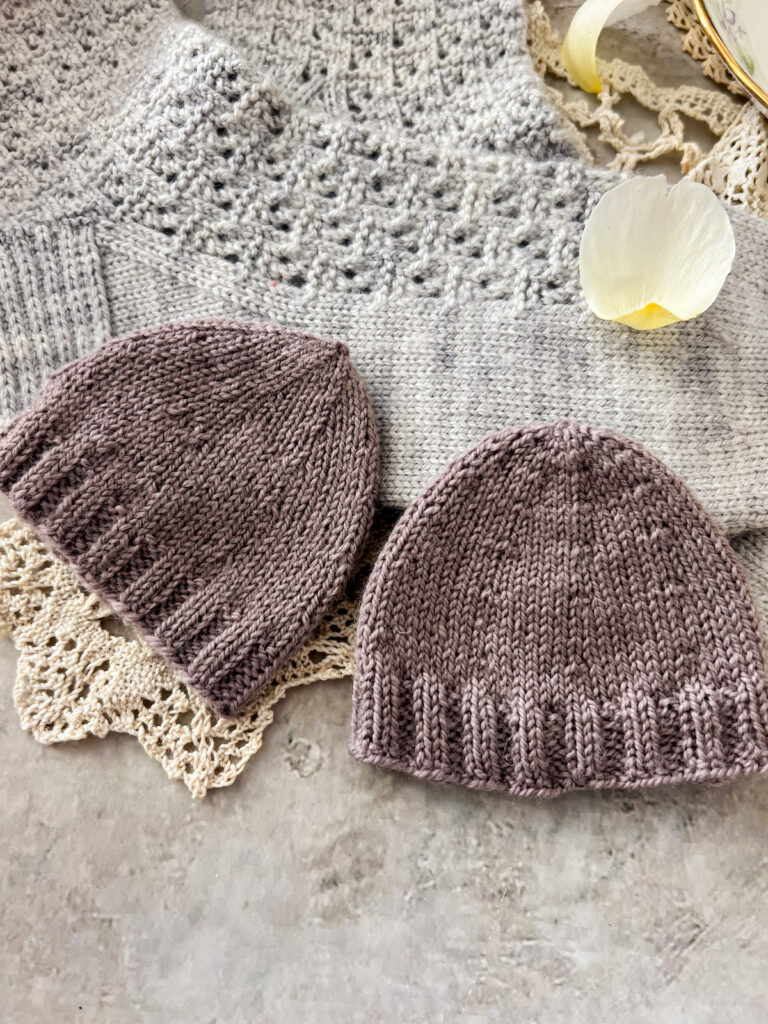
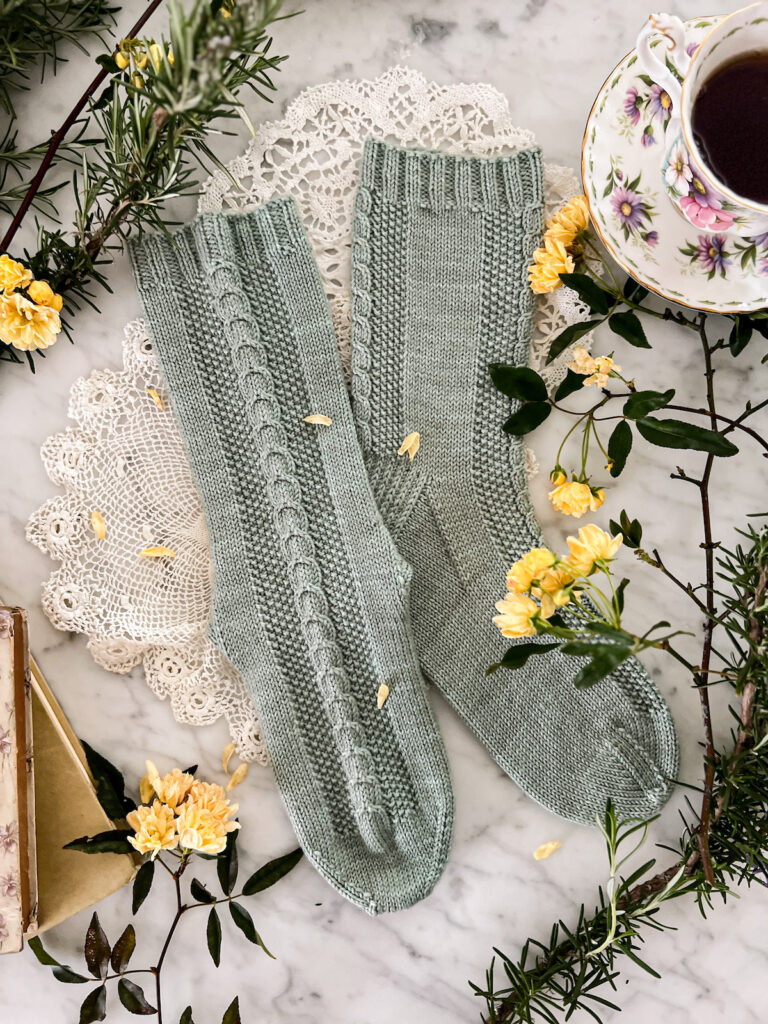

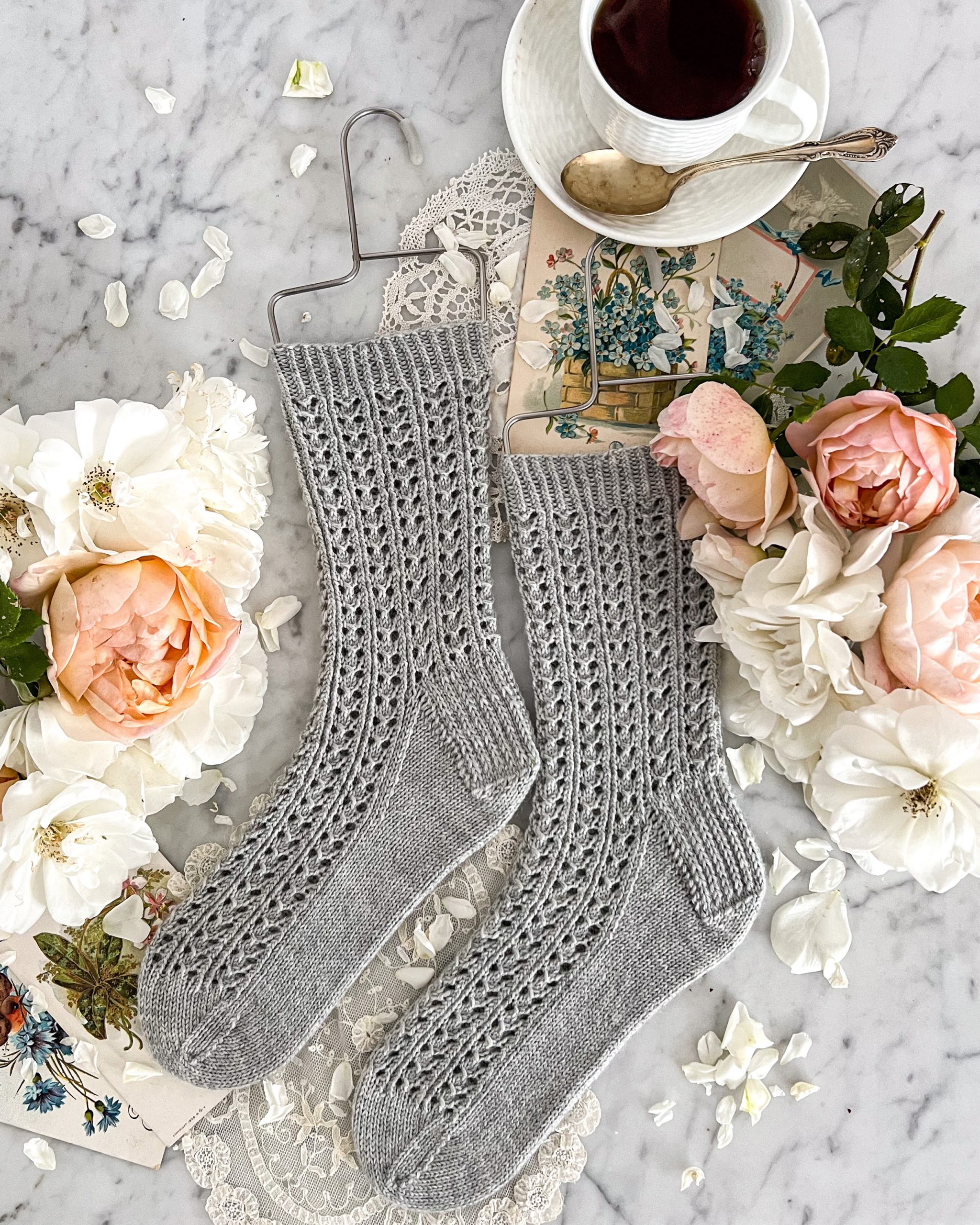
The best way I have found to keep cast ons stretchy is to leave at least a needle’s width between each cast on stitch. This way, there is a bit of extra yarn between each cast on stitch, which is where the stretch actually comes from.
Yes, this is one of the techniques I’ll be covering in the next post, where we talk about stretchiness!